
Varicose veins are enlarged and twisted veins, most commonly seen in the legs. They may seem harmless at first, but often signal poor circulation.
Over time, they can cause throbbing pain, swelling and a heavy sensation, especially after standing for long periods. When left untreated, varicose veins can lead to complications such as inflammation or ulcers.
In more serious cases, they may increase the risk of deep vein thrombosis (DVT), which can lead to a potentially fatal pulmonary embolism.
If you’re noticing these signs, you’re not alone—and help is available. At Spectrum Vascular, we offer timely evaluation and effective treatment to ease symptoms and prevent complications.
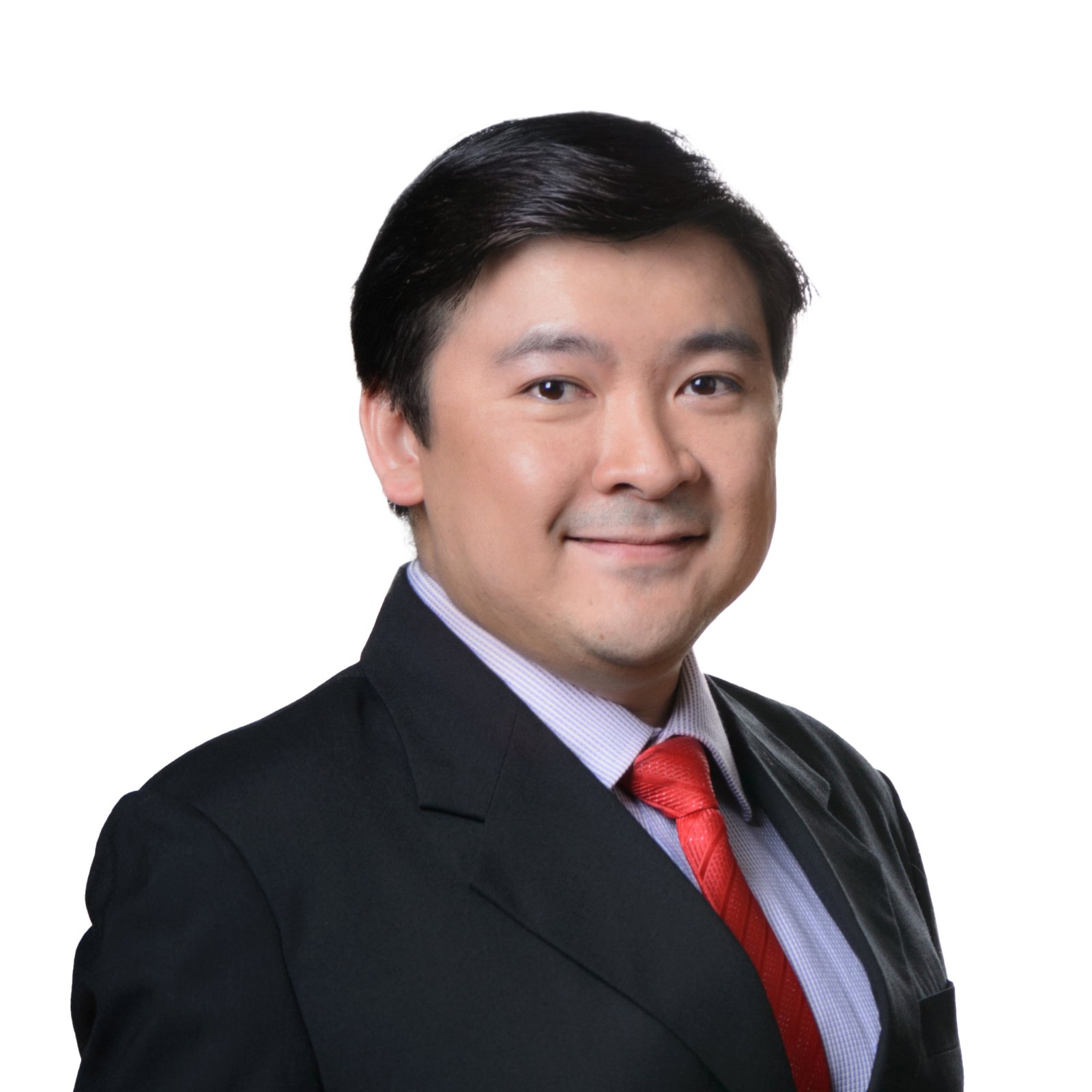
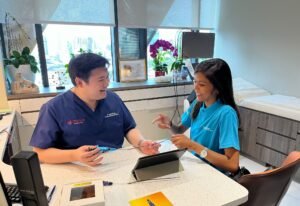
Dr Tay Jia Sheng is a distinguished vascular surgeon in Singapore, specialising in minimally invasive vascular, endovascular and endovenous procedures. He treats a broad range of conditions including varicose veins, deep vein thrombosis, peripheral arterial disease, diabetic foot ulcers and aortic aneurysms.
As a founding vascular surgeon at Sengkang General Hospital, Dr Tay led one of Singapore’s busiest vascular units with strong outcomes and low complication rates. He is among the few local surgeons skilled in advanced techniques such as minimally invasive vein harvesting and complex endovascular aneurysm repairs.
Outside the operating theatre, he has taught at Yong Loo Lin, Duke-NUS and Lee Kong Chian medical schools. Recognised with awards such as the SingHealth Quality Service Award and COVID-19 Resilience Medal, he now practises at Spectrum Vascular & General Surgery, offering patient-centred care with a focus on minimally invasive treatment.

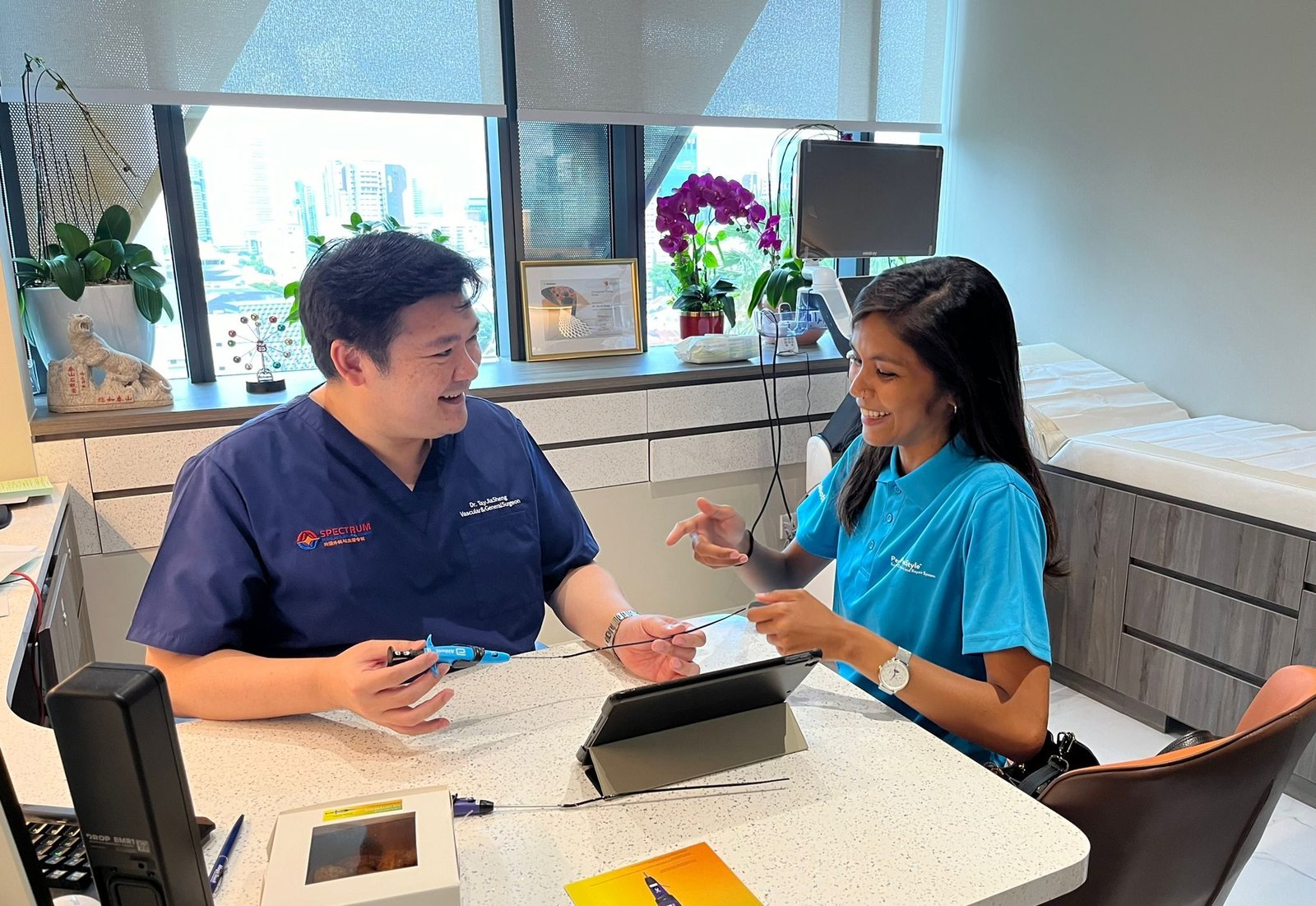
Dr Tay Jia Sheng is a distinguished vascular surgeon in Singapore, specialising in minimally invasive vascular, endovascular and endovenous procedures. He treats a broad range of conditions including varicose veins, deep vein thrombosis, peripheral arterial disease, diabetic foot ulcers and aortic aneurysms.
As a founding vascular surgeon at Sengkang General Hospital, Dr Tay led one of Singapore’s busiest vascular units with strong outcomes and low complication rates. He is among the few local surgeons skilled in advanced techniques such as minimally invasive vein harvesting and complex endovascular aneurysm repairs.
Outside the operating theatre, he has taught at Yong Loo Lin, Duke-NUS and Lee Kong Chian medical schools. Recognised with awards such as the SingHealth Quality Service Award and COVID-19 Resilience Medal, he now practises at Spectrum Vascular & General Surgery, offering patient-centred care with a focus on minimally invasive treatment.
Varicose veins are veins that become enlarged, swollen and twisted due to weakened valves.
These valves normally keep blood flowing towards the heart, but when they stop working properly, blood pools in the vein, causing it to swell.
They are most common in the legs, where pressure from standing or walking is greater.
While some cases are mainly cosmetic, many people experience throbbing, heaviness or discomfort that affects daily life.


Varicose veins are veins that become enlarged, swollen and twisted due to weakened valves.
These valves normally keep blood flowing towards the heart, but when they stop working properly, blood pools in the vein, causing it to swell.
They are most common in the legs, where pressure from standing or walking is greater.
While some cases are mainly cosmetic, many people experience throbbing, heaviness or discomfort that affects daily life.
Varicose veins may be visible or hidden deeper under the skin.
For some, symptoms are mild or purely cosmetic.
For others, they can be uncomfortable and progressively worsen over time.
Common symptoms include:
Symptoms are often worse by the end of the day and may be relieved by elevating the legs or using compression stockings.
Varicose veins develop when the valves inside your veins become weakened or damaged, allowing blood to flow backwards and pool in the vein.
This increased pressure causes the vein walls to stretch, twist and bulge over time.
Several factors can increase your risk:
While not all causes are preventable, recognising your risk can help you take steps early to reduce progression.
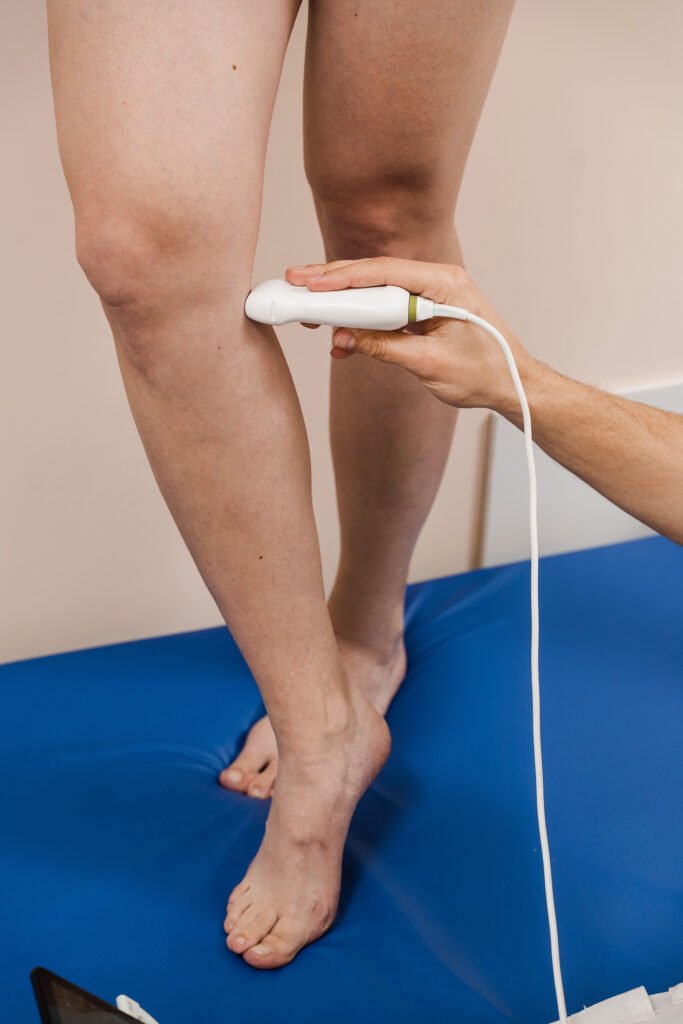
Varicose veins are often diagnosed through a physical examination, where your doctor checks for visible signs of vein disease and assesses your symptoms.
However, not all faulty veins are visible at the surface:
In many cases, a deeper vein in the thigh or calf may be affected, leading to a condition called chronic venous insufficiency, where blood flows backwards due to valve failure.
To confirm the diagnosis and determine the most appropriate treatment, your doctor may recommend further vein screening using the following tests:
A Duplex scan is essential before any procedure, as it helps define the extent of the disease, guide treatment planning and assess the deep veins for any signs of clots or blockages.
The screening process is painless, usually performed while standing and takes about 30 minutes per leg.

Varicose veins are often diagnosed through a physical examination, where your doctor checks for visible signs of vein disease and assesses your symptoms.
However, not all faulty veins are visible at the surface:
In many cases, a deeper vein in the thigh or calf may be affected, leading to a condition called chronic venous insufficiency, where blood flows backwards due to valve failure.
To confirm the diagnosis and determine the most appropriate treatment, your doctor may recommend further vein screening using the following tests:
A Duplex scan is essential before any procedure, as it helps define the extent of the disease, guide treatment planning and assess the deep veins for any signs of clots or blockages.
The screening process is painless, usually performed while standing and takes about 30 minutes per leg.
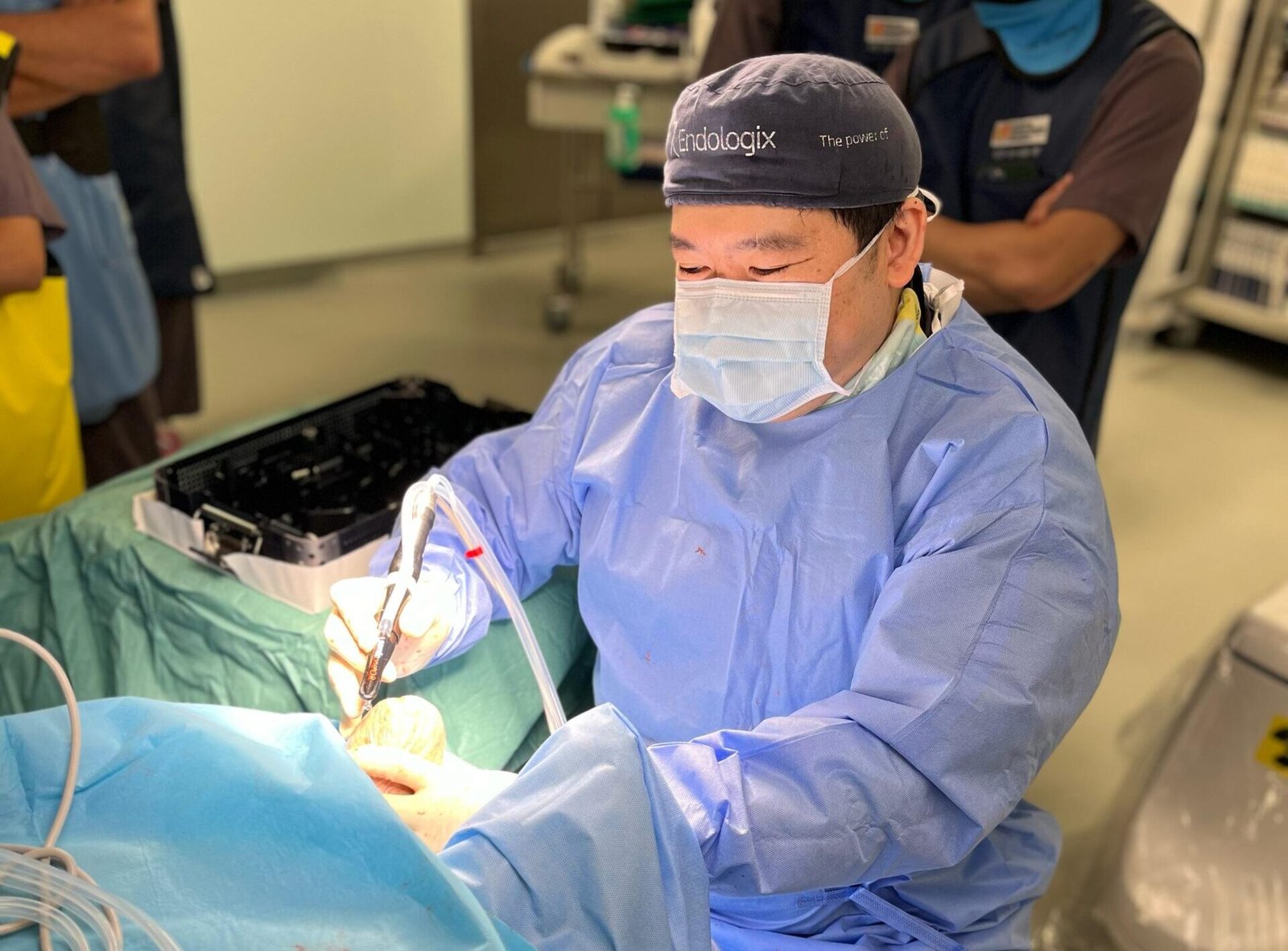
Managing varicose veins starts with understanding the extent of the condition.
Based on your symptoms and scan results, your doctor may recommend either surgical or non-surgical options tailored to your needs.
These may be used for mild cases, symptom relief or as part of a broader treatment plan:
A foam solution is injected into the affected vein, causing it to collapse and fade over time.
Specially designed to apply pressure to the legs, helping to reduce swelling and support healthy circulation.
A medication that improves vein tone and helps relieve symptoms such as leg heaviness, cramps and swelling. The original formulation is typically more effective than generic versions.
These aim to seal or remove the affected veins to restore proper blood flow:
EVTA and VenaSeal™ are among the most commonly used options due to their high success rates and minimally invasive nature.
A minimally invasive technique that uses laser, radiofrequency or microwave energy to close the faulty vein. Performed under local anaesthesia with minimal recovery time.
A medical-grade adhesive is used to seal the vein shut. This method doesn’t require heat or multiple injections and allows for quick return to activity.
A rotating catheter delivers a sclerosant solution, irritating the vein walls and causing them to collapse. No heat is involved, and the procedure is typically well tolerated.
Small surface veins are removed through tiny punctures in the skin, usually without stitches.
A traditional surgical method involving tying off and removing larger veins. Now used less commonly, typically for veins over 2 cm in diameter.
EVTA and VenaSeal™ are among the most commonly used options due to their high success rates and minimally invasive nature.
Varicose veins may start off as mild discomfort or visible surface changes, but they can progress over time if left untreated.
Seeking care early not only helps relieve symptoms but also reduces your risk of long-term complications.
At Spectrum Vascular, we provide personalised treatment plans based on detailed assessments. Where appropriate, we prioritise minimally invasive care to reduce postoperative discomfort and support a faster, smoother recovery.
Take the first step towards better vein health—book a consultation today.
For enquiries, consultation or second opinions, please complete the form below or call us at +65 8874 0371
Our team will get back to you shortly to assist with your request.
No, varicose veins typically do not resolve without treatment. While lifestyle changes may ease symptoms or slow progression, damaged veins generally remain unless treated directly.
Not always. While some may cause no discomfort, varicose veins can lead to pain, swelling, skin changes or even more serious complications if left untreated.
Most modern treatments, including EVTA and VenaSeal™, are minimally invasive and performed under local anaesthesia. Discomfort is usually minimal, and recovery is often quick.
Recovery depends on the type of treatment. Minimally invasive procedures typically allow patients to return to normal activities within a few days. Your doctor will advise on aftercare and any necessary activity restrictions.
While treated veins are permanently closed or removed, new varicose veins can form over time due to underlying vein disease or risk factors. Ongoing vein health management may help prevent recurrence.
If your varicose veins are symptomatic or medically indicated, some treatments—such as ultrasound scans or surgical procedures—may be claimable under insurance. Coverage varies by provider and plan, so it’s best to check directly.
Light activities such as walking are usually encouraged after treatment to support circulation. However, strenuous exercise, long-haul flights or prolonged standing may need to be avoided briefly—your specialist will provide specific guidance.
If you experience leg discomfort, swelling, skin changes or worsening symptoms, it’s best to seek medical evaluation early. Early treatment can help prevent complications and improve long-term outcomes.
38 Irrawaddy Road
#10-33
Singapore 329563
Tel: +65 6041 0933
1 Farrer Park Station Road
#08-14 Connexion
Singapore 217562
Tel: +65 6974 8859
HP: +65 8874 0371 (24 hours)
Email: contact@spectrum-surgery.com
© 2025 Spectrum Vascular & General Surgery